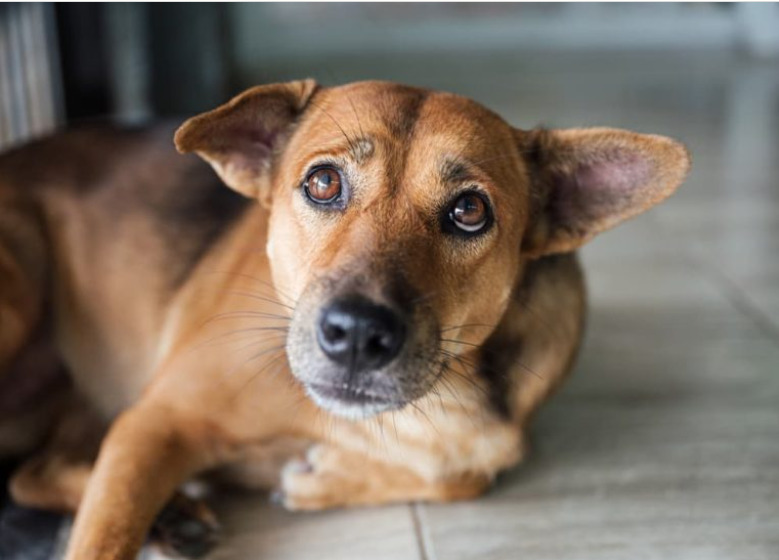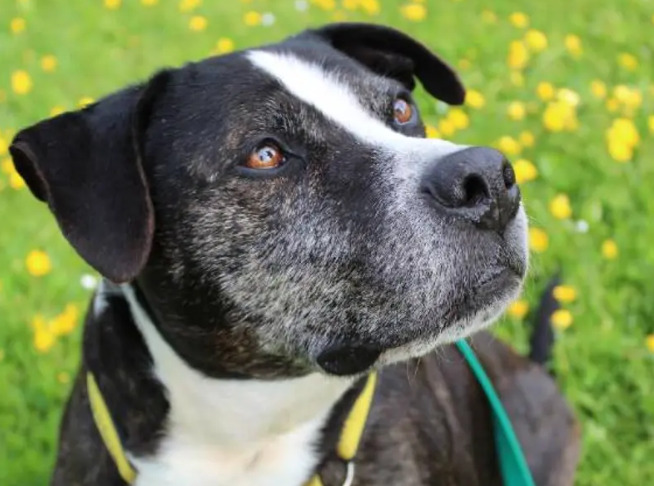There could be several reasons why the dog might appear worried. Dogs, like humans, can experience a range of emotions, and their body language and facial expressions can reflect their internal state. Here are a few possible reasons why your dog might look worried:

Health issues: Dogs may display signs of worry or distress when they are in pain or discomfort. If your dog’s worried expression is accompanied by other symptoms like lethargy, loss of appetite, or changes in behavior, it’s essential to consult a veterinarian to rule out any underlying health problems.
Fear or anxiety: Dogs can experience fear or anxiety due to various factors, such as loud noises (thunderstorms, fireworks), unfamiliar environments, separation from their owners, or past traumatic experiences. These emotions can manifest as a worried expression, trembling, pacing, or excessive panting.
Environmental changes: Dogs are creatures of habit, and sudden changes in their environment can make them feel uneasy. Moving to a new house, changes in household routines, introduction of new pets, or unfamiliar guests can all contribute to a dog’s worried appearance.
Social interactions: Dogs are social animals, and their worried expression may indicate discomfort or anxiety during social interactions. If your dog is displaying signs of worry when interacting with other dogs or people, it could be a result of a lack of socialization, previous negative experiences, or shyness.
Body language interpretation: Sometimes, a dog’s facial expression might be misinterpreted as worry when it could actually indicate another emotion. Dogs communicate through body language, and certain physical cues like raised eyebrows, a furrowed brow, or a tense mouth can be easily misinterpreted as worry. It’s important to consider the overall context and observe other body language signals to get a better understanding of your dog’s emotional state.

It’s important to observe your dog’s behavior and look for other signs that may help identify the underlying cause of their worry. If you’re concerned about your dog’s well-being or if the worry persists, it’s always best to consult with a veterinarian or a professional dog behaviorist for a more accurate assessment and guidance.